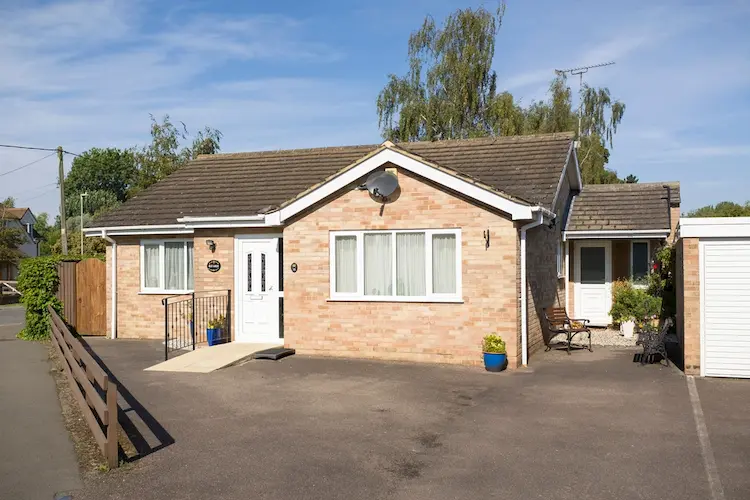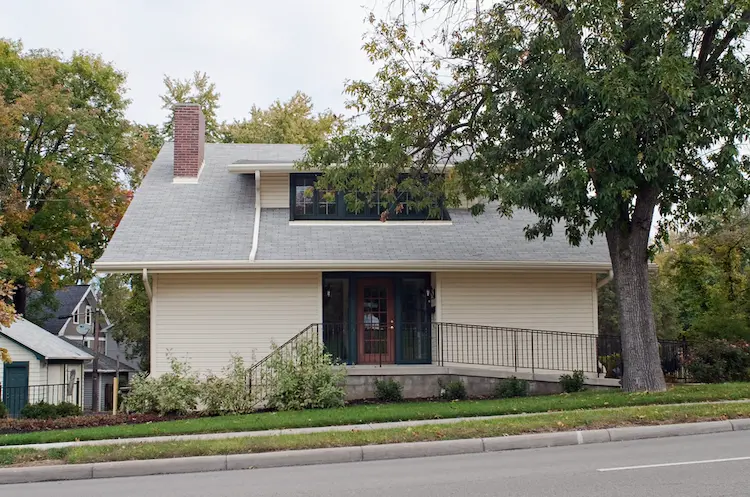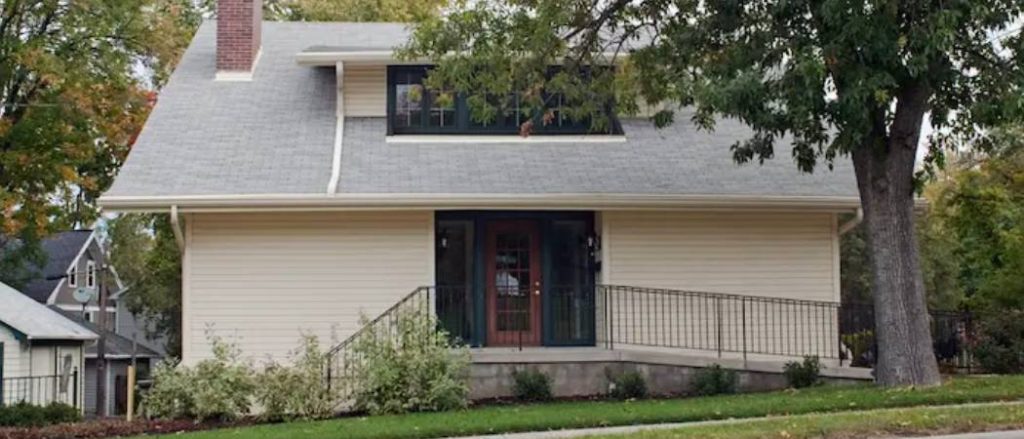In today’s world, accessible houses are not just a luxury; they’re a necessity. As we strive for inclusivity, the demand for homes that cater to everyone, including those with mobility challenges, has skyrocketed.
Single-story wheelchair-accessible designs are at the forefront of the movement, ensuring that everyone can live comfortably and independently.

Understanding Wheelchair Accessibility in Homes: Why Single Story is the Way to Go
The essence of a home lies in its ability to offer comfort, safety, and easy mobility, and for those with mobility challenges, the design of their home plays a pivotal role in ensuring they experience these fundamental rights.
Historically, the majority of homes were not built with accessibility in mind. However, as awareness grew, so did the demand for single story wheelchair accessible homes, and there’s a reason for that.
While two stories might offer more space, their challenges for those with mobility issues are undeniable.
Think about it: navigating stairs, ensuring accessibility to all rooms, and the extra costs of installing elevators or stairlifts. On the other hand, a one-story design eradicates these concerns, providing a seamless living experience.
For individuals grappling with mobility challenges, every step can be a hurdle. Single-story homes eliminate the need for staircases, making every corner of the house easily accessible.
From the living room to the bedrooms, only a one-story layout can provide a sense of freedom and independence. It’s not just about convenience; it’s about enhancing the quality of life.
The Aesthetics of Accessible House
When we talk about accessible houses, it’s not just about functionality; it’s about merging that functionality with style.
Modern designs have beautifully blended the needs of walkers, wheelchairs, and other mobility devices without compromising aesthetics. Take, for instance, the strategic placement of windows and doors.
They not only ensure easy access but also play a pivotal role in enhancing the beauty of accessible houses, allowing ample natural light and offering picturesque views.
For a deeper dive into the nuances of planning and designing a wheelchair-accessible tiny house, check out this comprehensive guide on Wheelchair Accessible Tiny House Plans.
Key Features of Handicap-Accessible House Plans
When discussing handicap-accessible house plans, it’s vital to highlight the features that set them apart. Here’s what you can typically expect:

1. No-Step Entries
Imagine arriving at a house and encountering barriers even before entering. No-step entries eliminate this challenge, making it easier for those using wheelchairs or other mobility devices to access the house seamlessly.
The feature helps to ensure that every entrance, from the main door to the patio, is easily navigable, setting the tone for accessibility.
2. Garage Designs with Accessibility in Mind
Garages are more than just parking spaces; they’re often the primary entry point to our homes. The importance of ramps and their seamless integration into garage designs cannot be overstated.
These ramps ensure no hindrance, whether using a wheelchair, walker, or mobility device. Also, modern garages are designed to offer enough space not just for vehicles but also for easy maneuvering of wheelchairs, making every arrival and departure smooth.
3. Wider Doorways and Hallways
Space is crucial for movement. Wider doorways and hallways are a staple in accessible house plans, providing ample space for wheelchair users.
The focus is not just on width; it’s on ensuring smooth transitions, free from obstructions in turns, corners, and passages. These designs also accommodate walkers and make daily activities hassle-free for those with mobility challenges.
4. ADA-compliant Features
ADA-compliant features are designed to address individuals’ challenges with mobility issues in accessing the house.
Features such as strategically placed grab bars, roll-in showers, and sink heights tailored for accessibility ensure that daily routines are safe and convenient in bathrooms.
These designs prioritise functionality and exude modern aesthetics, proving that style and accessibility coexist.
5. Open Floor Plans
Open floor plans do not just design trends; they promote accessibility by eliminating unnecessary walls and barriers, creating a space where movement is unrestricted.
Whether using a wheelchair, walker, or any other mobility aid, an open design’s fluidity ensures you can easily navigate your home.
Plus, the added benefit? It creates a more communal and inclusive living space, perfect for family gatherings and socializing.
Erin, a woman in a wheelchair, shares the tour of her single-story accessible home.
Future-Proofing Your Home: Why Accessible Design Matters
Investing in accessible house plans is an investment in the future.
As we age, our mobility can change, and having a home that’s already tailored to cater to potential mobility issues is invaluable. It’s not just about addressing immediate needs; it’s about ensuring the house remains a comfortable haven in the coming years.
By prioritizing accessibility now, homeowners can enjoy peace of mind, knowing that their residences can handle whatever the future holds.
Top Companies in the USA for Wheelchair Accessible House Plans
Here are some companies in the USA that can assist with Single Story Wheelchair Accessible House Plans:
Conclusion
In the ever-evolving home design landscape, single-story wheelchair-accessible houses are a testament to inclusivity and forward-thinking. These designs aren’t just about addressing the needs of today; they’re about anticipating the challenges of tomorrow.
By embracing accessible design, homeowners ensure comfort and independence for themselves and their loved ones. Still, they are also making a statement about the kind of world they envision—where every individual, regardless of their mobility, has a place they can truly call home. As we look to the future, let’s champion homes that are as beautiful as they are accessible and, in doing so, create spaces where everyone belongs.

